Introduction
Business digitalization has changed the whole business world, and hence an e-commerce portal is very vital to survive in the marketplace. Startups, small businesses, and enterprises use online portals to display products, build customer relationships, and even generate revenue.
This blog is a guide to an e-commerce portal, its benefits, and the steps to build one that drives success.
Describe an E-commerce Portal
An e-commerce portal provides an online shop for users to buy and sell products or services from the comfort of their homes. Businesses can access a larger audience, with streamlined transactions providing an easy shopping experience.
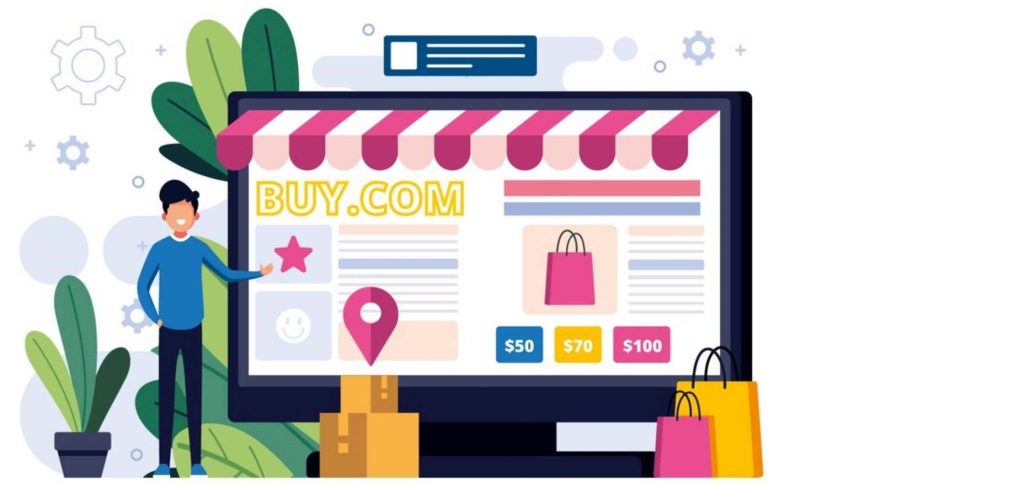
Key Features of an E-commerce Portal:
- A product catalog rich in description and images.
- Secure payment gateways.
- Navigation and search for users.
- Reviews and ratings by customers
- Order tracking and inventory management.
Advantages of an E-commerce Portal
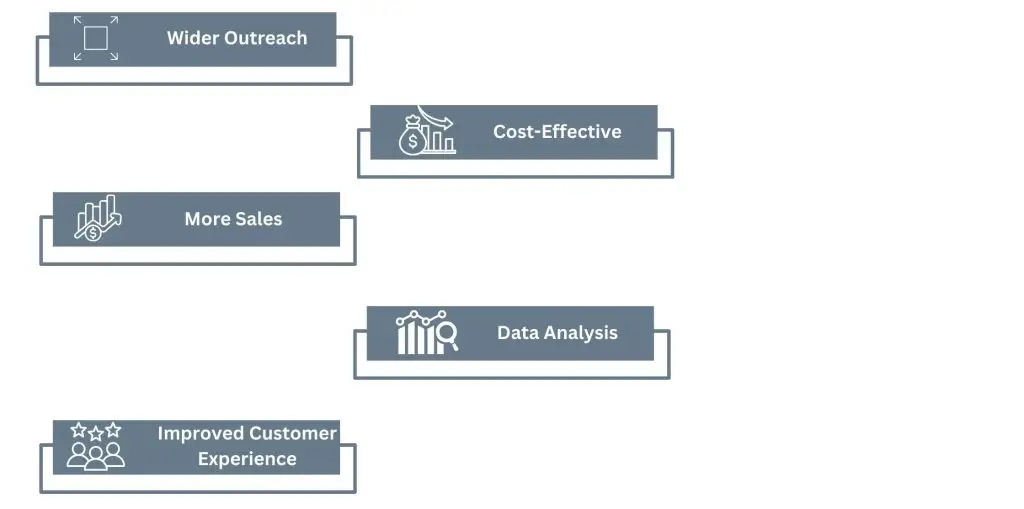
- Wider Outreach: Accessible globally, eliminating boundaries of geography.
- More Sales: Accessible 24×7, and customers can shop at any time to expand the scope of sales.
- Improved Customer Experience: More personalized and convenient shopping with options such as recommendations.
- Cost-Effective: Low operational costs as compared to physical stores.
- Data Analysis: Better business decisions are made by understanding customer behavior and sales patterns.
Compulsory Features of a Successful E-commerce Portal
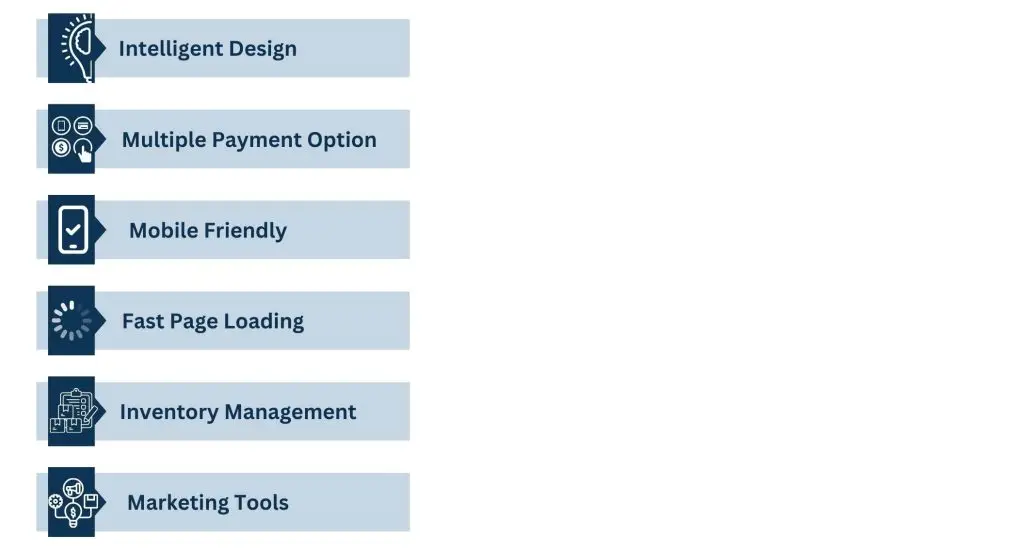
- Intelligent Design: Clean and responsive design to facilitate easy navigation of the user through the portal.
- Multiple Payment Option: Offer more than one payment option, such as credit cards, or PayPal, with proper security.
- Mobile Friendly: A mobile-friendly portal generates more sales since all of the online shopping is done from a mobile phone.
- Fast Page Loading: The portal should load up fast, thus reducing bounce rates and enhancing user experience.
- Inventory Management: Track the inventory automatically to have sufficient stock of products.
- Marketing Tools: Use features such as coupon codes, cart abandonment reminders and upsell suggestions.
How to Create an E-commerce Portal
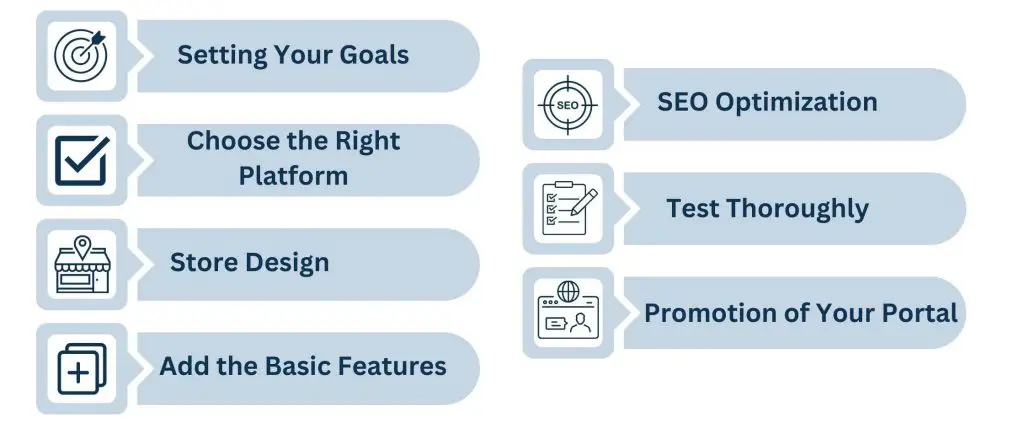
- Setting Your Goals: Identify your business objectives, product range, and revenue projections.
- Choose the Right Platform: Choose a relevant portal that suits your business.
- Store Design: Non-cluttered and stylish with easy navigation.
- Add the Basic Features: Include payment options, customer reviews, and shipping choices.
- SEO Optimization: Include relevant keywords, meta descriptions, and alt text for product images to rank higher in searches.
- Test Thoroughly: Ensure the portal is functional, fast, and secure before going live.
- Promotion of Your Portal: Use digital marketing strategies by using social media, emails, and advertisements to build traffic.
E-commerce Portal Development Tools
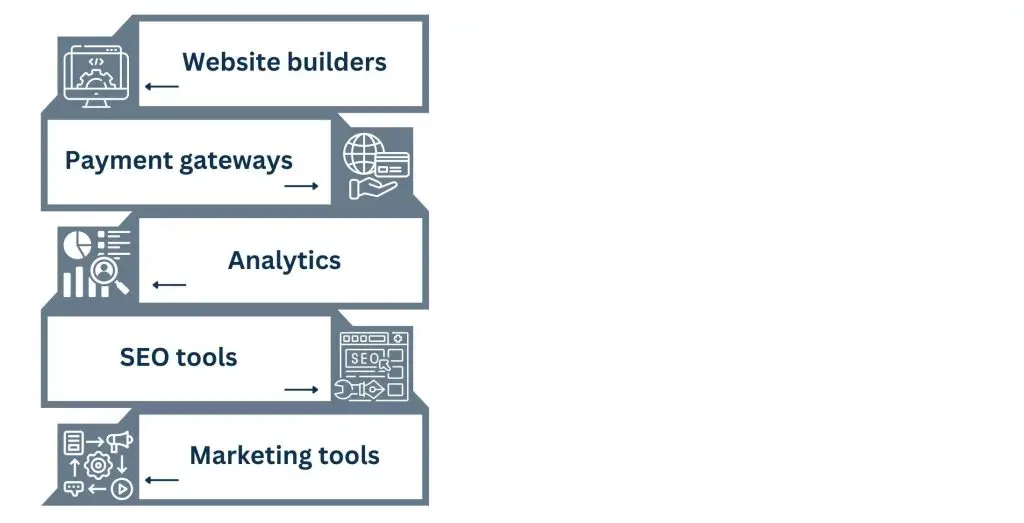
Conclusion
A web e-commerce portal is good for businesses to expand their reach, improve customer experience, and enhance sales. If well included with all the requirements, using the proper application of tools and keeping customer satisfaction in mind, develop an online portal to make your business stand in this competitive digital landscape.
Are you ready to take your business online? Contact Tasks Expert to build your e-commerce portal today and unleash its full potential for growth and success.
About Us
Tasks Expert offers top-tier virtual assistant services from highly skilled professionals based in India. Our VAs handle a wide range of tasks, from part time personal assistant to specialized services like remote it support services, professional bookkeeping service etc. Furthermore, it helps businesses worldwide streamline operations and boost productivity.
Ready to elevate your business? Book a Call and let Tasks Expert take care of the rest.









